How to Avoid the Glare From Oncoming Headlights

We’ve all been there, driving in the dark you notice a car coming toward you ahead. But as they get closer, you begin to realize you can’t see anything at all. A wave of panic washes over you as you try your darndest to keep your car on the road until they pass. The moment is brief, but irritating and scary. This used to be primarily a problem when people had their high-beams on.
That’s still a problem, but now lights are made to be much more powerful. You might be getting hit with the glare of everyday headlights, and there are many factors that can contribute to glare. Try some of the ways below on how to avoid the glare from oncoming headlights:
1. Shift your eyes

The tendency when a couple of bright headlights are coming at you is to stare straight at it, or to keep your eyes wherever you typically look while driving. This just invites the glare right in.
Instead, look to the lower right corner of your window. This will help you to navigate the road, and make sure you don’t drive off of it, but will decrease the glare from the lights in your vision.
2. Keep your eyes moving
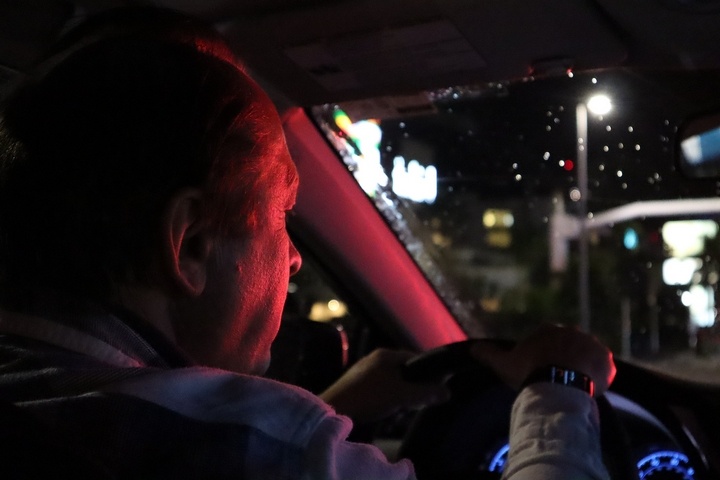
Keeping your eyes moving is a good way on how to avoid the glare from oncoming headlights. This trick allows you to take in more visual information. You see the lights, but you are also able to identify where the edge of the road is, what is going on in the environment around your car, if there are cars behind you.
By constantly moving your eyes, you are better able to situate your vehicle in relation to the car heading toward you, which will help you to better manage the situation.
3. Turn off the lights
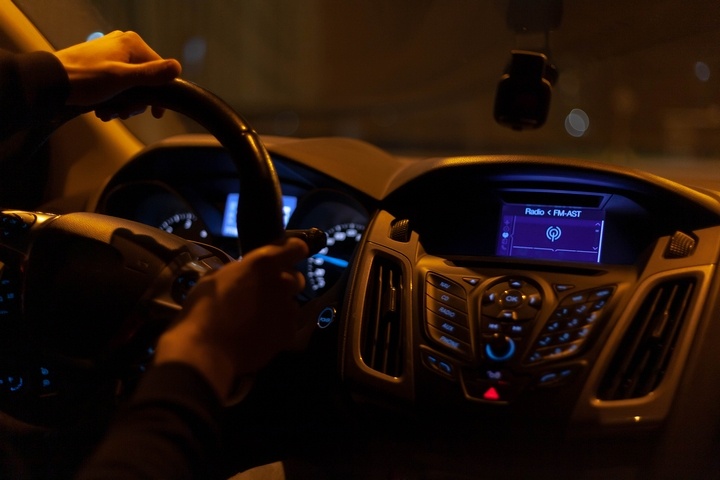
Your car has many sources of automotive lighting, which can be useful for your vision during the night. However, any lights inside the car can seriously increase the amount of glare the driver sees when faced with oncoming traffic.
Having lights on inside the car creates contrast between the dark outside and the inside, which causes strain on the eyes, and can actually impair the driver’s ability to see. The interior light, cellphone light, or the entertainment centre display are all possible contributors.
4. Wear anti-glare
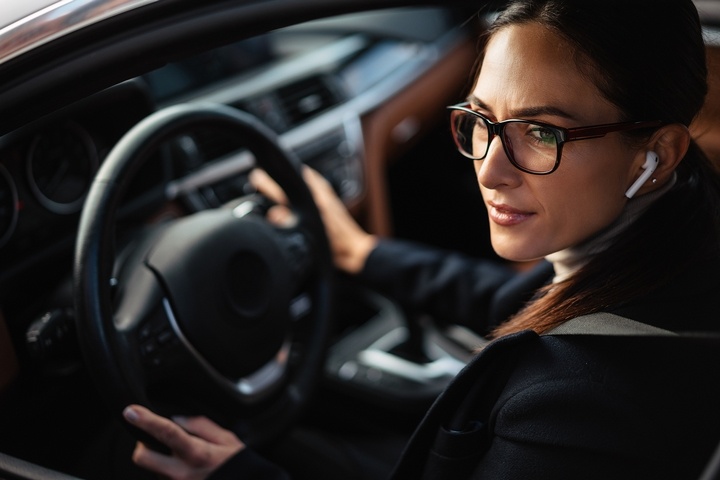
If glare at night is a real problem, and especially if you drive frequently at night, talk to your optometrist about anti-glare eyewear. The anti-glare coating decreases the reflection that appears on the glasses, which clears up your line of vision and reduces the chances that you’ll be bothered by the glare of oncoming traffic.
5. Clean your car
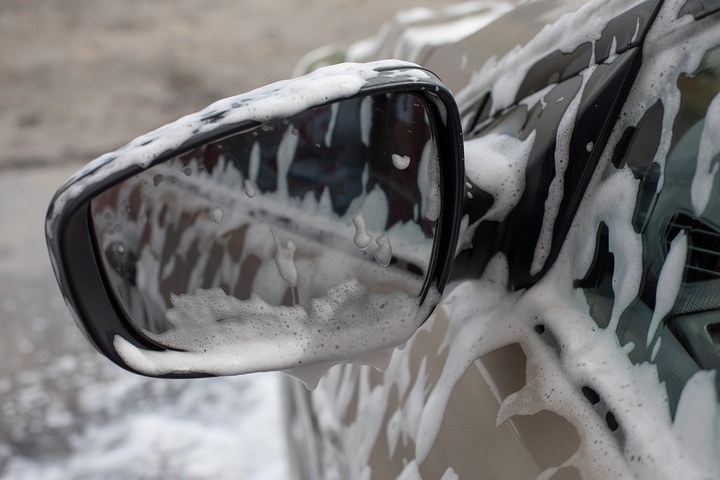
Glare can also be caused by dirt that has ended up in all the wrong places on your car. Windows, both outside and inside, can get dirt and grime that create glare when hit with light. Don’t forget to clean your review mirrors as well.
While you’re at it, make sure your own headlights are clean, and working properly. Decreased light from your end means you won’t be able to see as well, and can contribute to the glare you’re noticing at night.
6. Repair chips and cracks
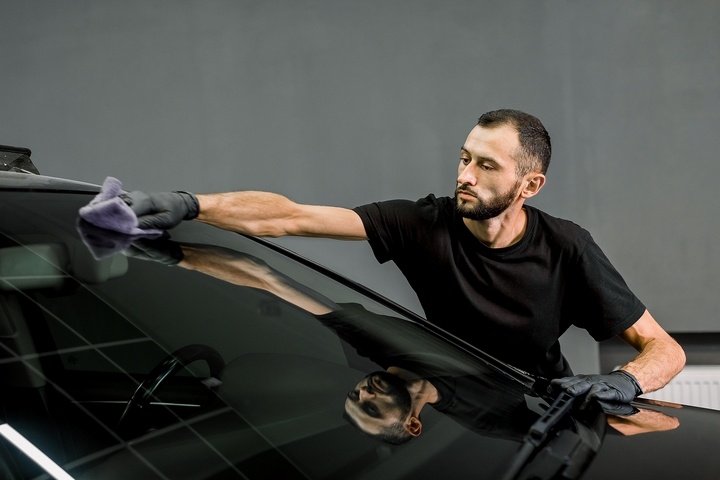
Chips and cracks in your windshield can refract light, which can seriously exacerbate any glare that you’re experiencing. In addition, chips and cracks can easily get worse over time. It is in your best interest to have them fixed as soon as possible.
7. Take care of your eyes
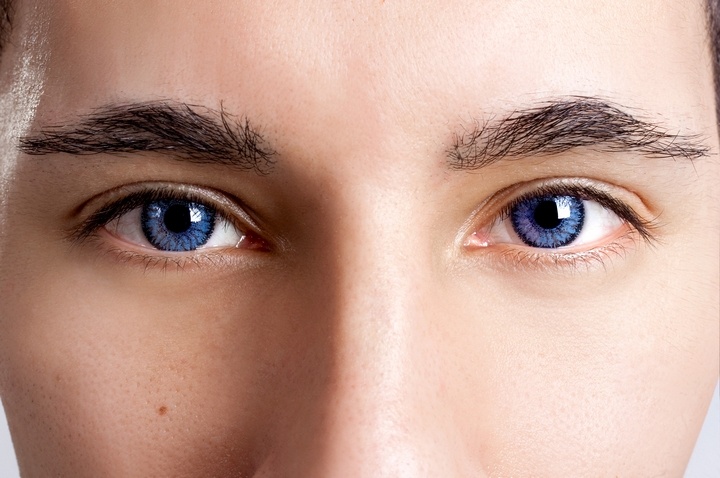
If your eyes are tired, the glare will seem much worse. The light your eyes are exposed to during the day temporarily inhibits them from performing at their best. It is important to protect your eyes from harmful light (like the sun) during the day so that they are in top form when night falls.
8. Rest

You’ll also notice more glare when you are tired. You may develop highway hypnosis, or be unable to manage the glare if you are too tired. It is important, especially during long trips, to take frequent breaks. Alternatively, switch off with another driver from time to time, if you can.
9. Do your part
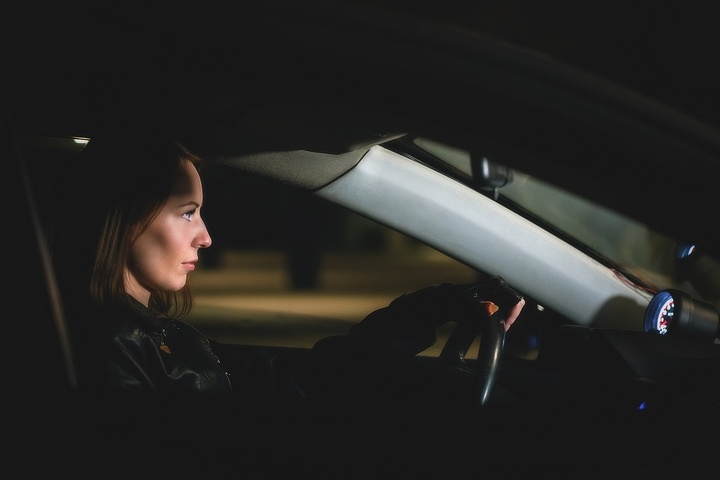
Although it won’t reduce glare for yourself, you want to make sure that you are doing your part to reduce glare for others. Be sure not to use your high beams when there are vehicles coming toward you.
Sometimes, cars will turn their high beams on in retaliation if you do not decrease yours, and that’s bad news for both drivers.
10. Remain in control
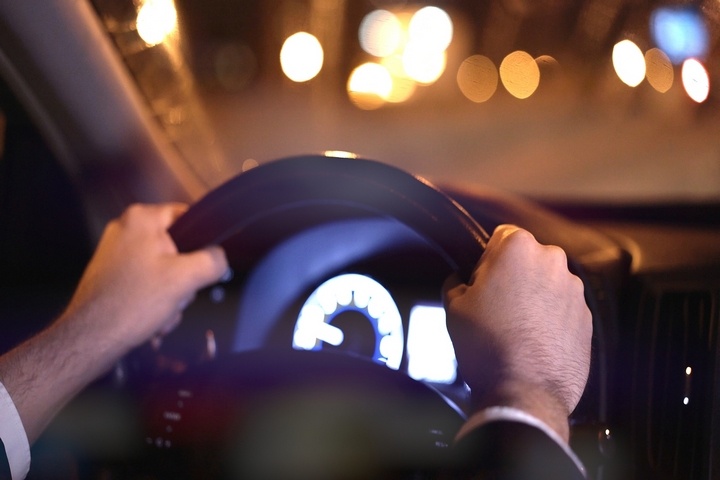
If you’re finding it difficult to manage the glare in the moment, the best thing you can do is avoid disaster. Slow your vehicle down, while maintaining awareness of the vehicles behind you to avoid collision.
Depending on where you are driving, you may even want to pull slightly to the right so that you are partially on the shoulder to assure yourself of your position on the road.



















